Genetic Mutations in Cannabis
List of contents
When we cultivate cannabis outdoors or indoors, it is always exciting, especially if it’s our first time, as it opens us up to a new world of opportunities in which anything is possible, and in which the growers wishes, doubts and dedication are combined.
The usual way is to start reading, immersing oneself in reference books to make sure everything, or at least the basic notions, are clear before getting down to work. What can leave us, either with a strong sense of being overwhelmed, or with full understanding of the "Kung Fu of cannabis cultivation."
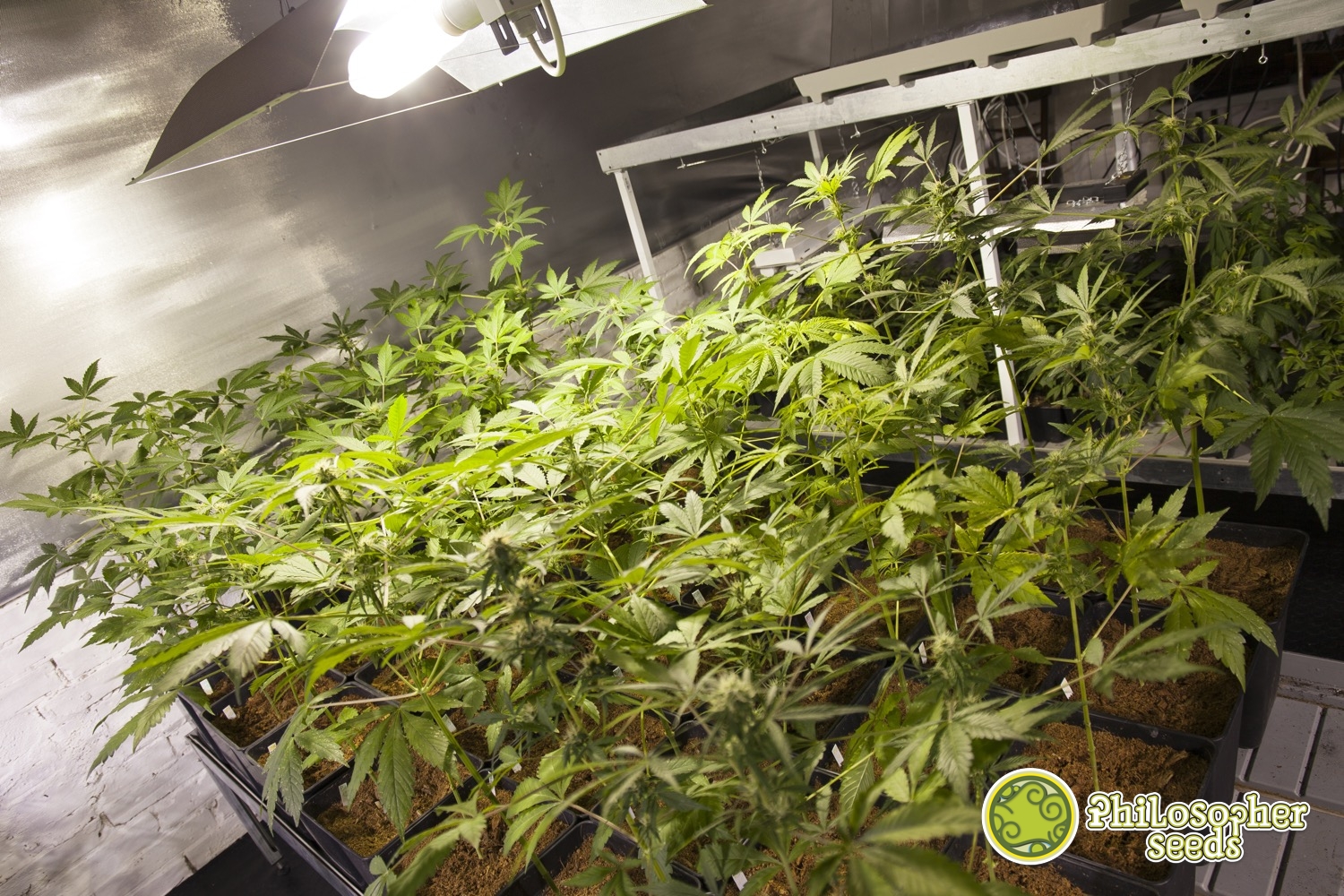
Even so, we can always learn new and incredibly curious things from cannabis, thanks to the fact that in this day and age these plants are loved, cultivated and studied by so many people that it never ceases to amaze us.
On this occasion, we ‘re going to talk about the most curious genetic mutations that can appear in cannabis plants, how to distinguish them from any cultivation errors and so that you can show them to your friends and amaze them as you share a joint.
Cannabis with “stringy” flowers
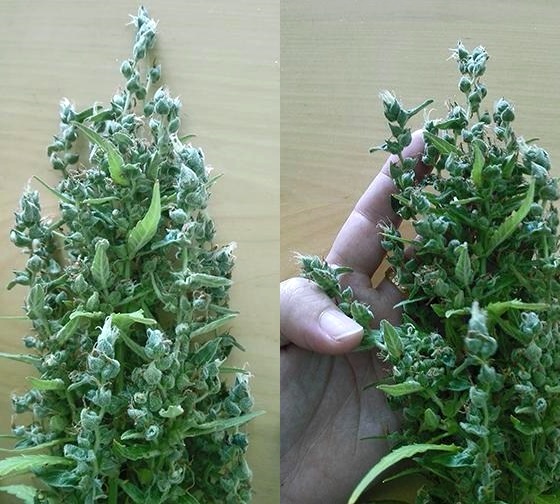
This is one of the best known cannabis mutations, familiar to many from the legendary sativa variety Dr Grinspoon, and it stands out for creating buds where the calyxes grow completely separated from each other, distributed along the branches, as if they were berries.
It is relatively common in landrace cannabis sativa genetics originating in Southeast Asia or South America.
Plants with this mutation take a long time to mature, are less productive, difficult to harvest and offer high ratios of hermaphroditism, but their unique aromatic and psychoactive characteristics make the extra effort in cultivating them worthwhile.
Polyploidy or Gigantism in Cannabis
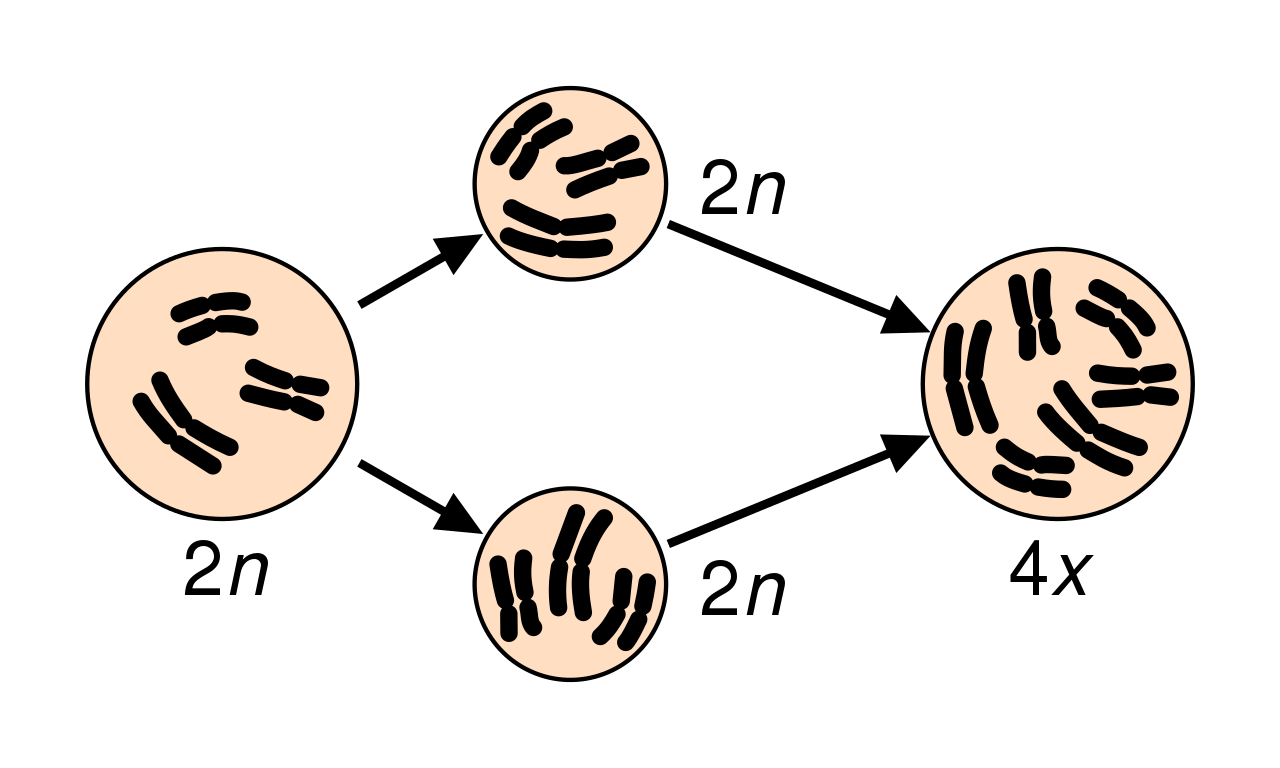
Cannabis is a diploid plant, meaning that it receives half of its genetic information from the father and the other half from the mother, but in cases of polyploidy this genetic information is duplicated, so that the plant has twice as many DNA chains than it ought to, in some cases even more.
The result of this mutation usually manifests itself in the form of huge buds with a really strange looking, repetitive structure, with many more leaves, calyxes and stigmas than is normal.
Some growers believe that this type of mutation significantly increases the yield and potency of the cannabis harvest, but there is no specialist research or literature to back this theory up, so all we can really say is that the plants have a bizarre, "Picasso" look to them.
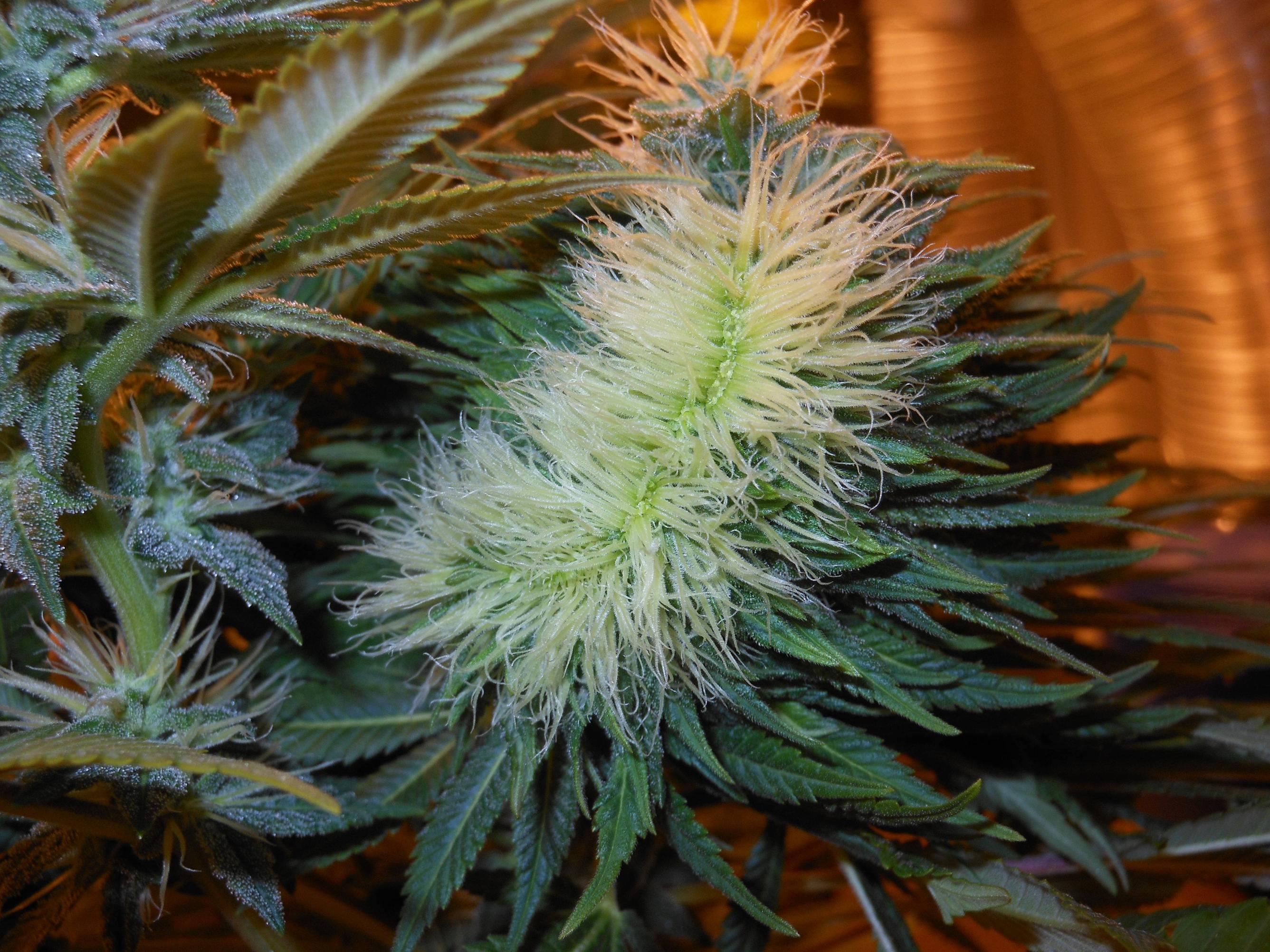
Secondary buds on leaves
Another curious mutation is one that causes some plants to develop small secondary buds on the leaves, often at the rachis, where the leaflets meet the leaf stem or petiole, and also on the low branches of the plant and where the secondary branches meet the stem.
It is a visually attractive mutation, and it gives growers the impression that it will increase the yield at harvest time, but in reality it’s better to eliminate these small “sucker buds", since they divert energy away from the main flowers, decreasing their final volume, following the same logic used in most cannabis pruning techniques.
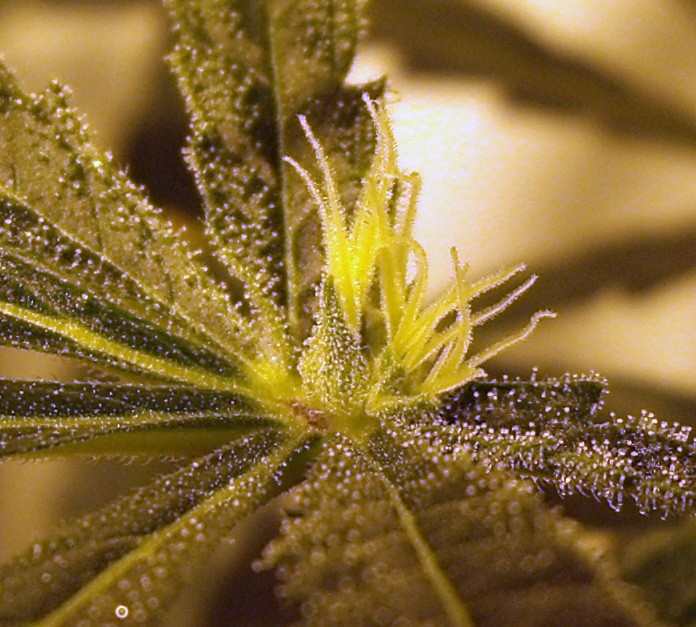
Whorled phyllotaxy
This intricate name is related to a mutation that’s as simple to understand as it is spectacular and beautiful to look at.
"Phyllotaxy" is the botanical term to describe how the leaves are placed on the stems, in what way and with what symmetry.
"Whorled phyllotaxy" means that from each node of the main stem there are 3 or more leaves/secondary branches, instead of the two that are normal in the cannabis varieties from Philosopher Seeds and the other seed banks.
So, instead of getting plants with two leaves per node, one on each side, we will get much more dense and leafy nodes, from which will emerge 3 leaves and sometimes more, producing more bushy and rounded plants.
This mutation can mean that the harvests are more abundant than usual, but unfortunately also increases the probability that will be plant is male in the case of sowing regular seeds. In addition, this feature can not be transmitted through crosses, so if you find a female keeper with this trait, consider yourself very lucky indeed.
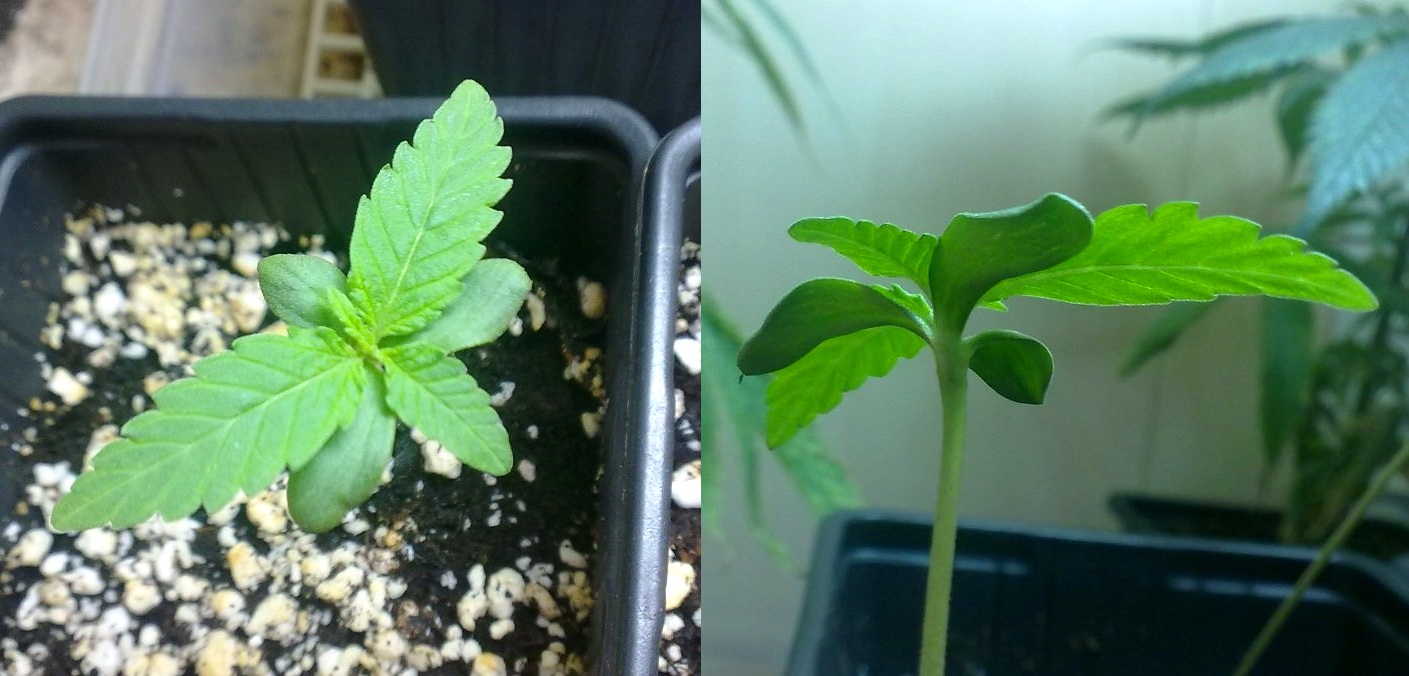
ABC, Australian Bastard Cannabis
ABC (originally called Cannabis Australis or Bindi Buds) is a genotype of cannabis discovered in the 1970s on the outskirts of the city of Sydney, Australia, with a look so strange and peculiar that it doesn’t really resemble weed at all, which led certain cultivators to believe it was a new subfamily of cannabis.
This variety develops with an appearance similar to that of a shrub with very small, shiny, rounded leaves with smooth edges, no more than 5cm in length.
In its landrace form, it yields very little and offers very low cannabinoid levels, although it stands out for having very good resistance to cold and to fungal pathogens such as Botrytis, thanks to its peculiar morphology.
Some growers and breeders have tried to exploit this trait through hybrids and selections, but at the time of writing none have yet come to fruition and made a name in the commercial market.
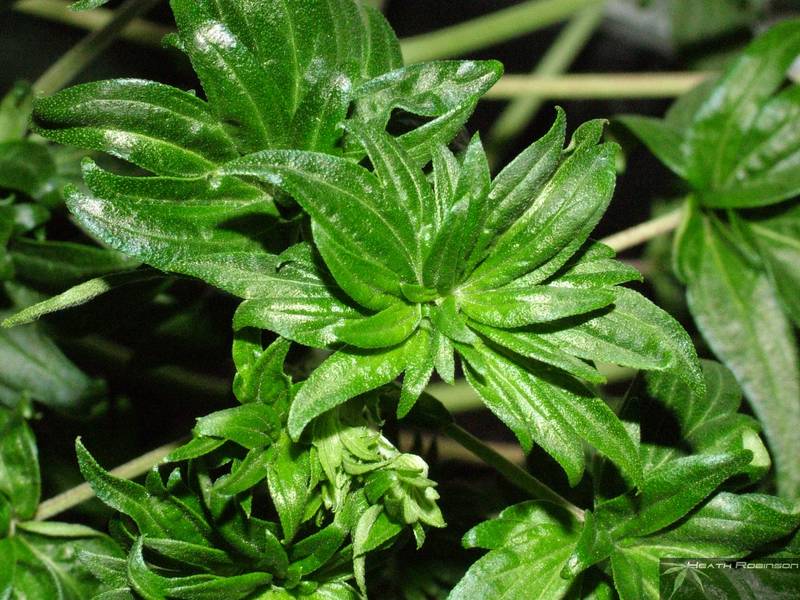
Cannabis that grows like a vine
It is said that, after experimenting with the Australian Bastard Cannabis, a phenotype was found with an extremely anomalous growth pattern, in which its branches grew entwined together, similar to the way hops or a grapevine develop.
Even so, this is a totally anecdotal mutation, as it does not provide any real advantage and nobody has continued to work with this phenotype.
"DucksFoot" Cannabis
In this case, we are talking about a mutation that causes the plants to develop leaves with the leaflets stuck together, without any separation between them, resembling the webbed feet of ducks.
In fact, the leaf is so different to those of all other cannabis genetics that it’s the ideal genotype for growers looking for the greatest possible discretion while cultivating, since it neither looks nor smells like cannabis. That is to say, if you are a lover of sweet and intense aromas, such as those produced by our favourites Fruity Jack or Lemon OG Candy, then you can forget about DucksFoot, it’s not the plant for you.
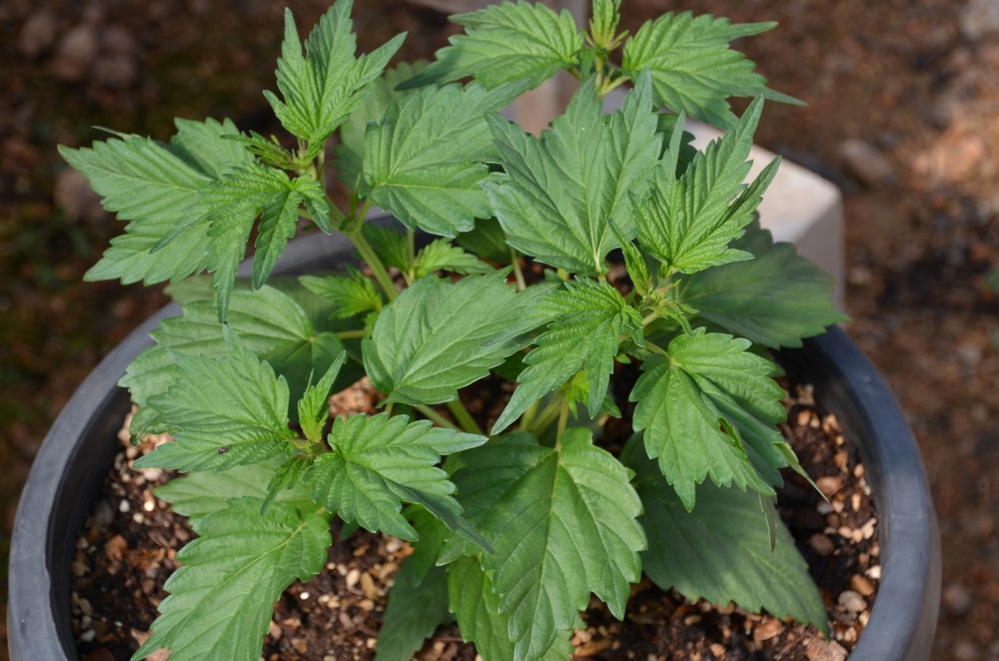
This mutation depends on a recessive gene, and is shown in Sativa dominant plants, so that if we find one we can keep it in our genetic closet and work with it, just like its discoverer Australian breeder Wally Duck has done.
In fact, if we hybridise DucksFoot genetics with a "normal" plant, about a quarter of the offspring will retain this trait.
Tentacular cannabis or "creeping phenotype"
This type of genetic alteration is very rare, and only occurs in certain families of tropical sativas grown in very humid areas, where the plants reach exaggeratedly large sizes and develop a multitude of lateral branches filled with buds.
Where this mutation is shown, rather than reaching upwards to the light, the branches of the plant grow down towards to the ground, driven by their own weight, desperately seeking an anchor point and sometimes developing roots at the points where they make contact with the ground.
This gives the plant extra vigour, since by having more roots it is able to uptake more food while at the same time making it more discreet, giving it an atypical, shrubby structure, and delighting growers who are seeking productive cannabis varieties.
Albino or variegated cannabis
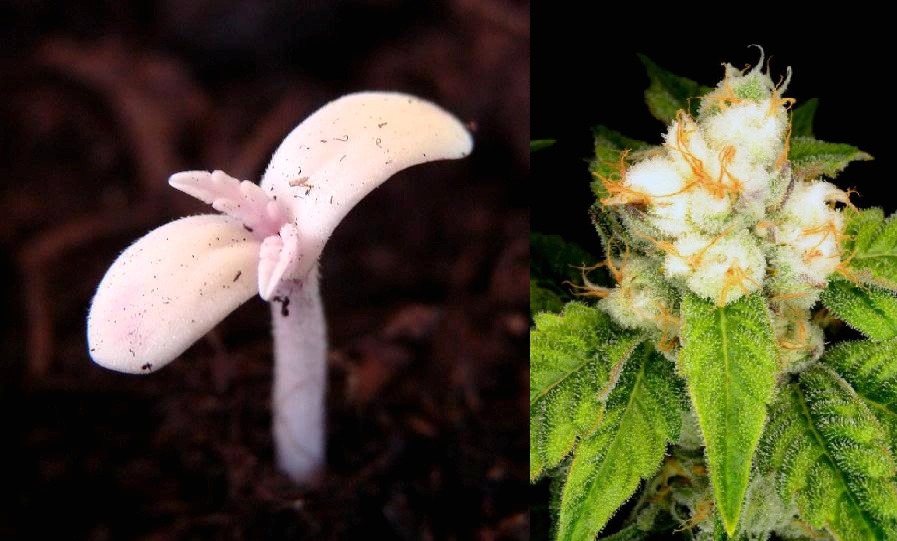
Both of these mutations are similar, as in both cases we observe a discolouration of the leaves or buds.
Specifically, when plants show albinism, we see that their tissues are white or a very pale colour, due to a lack of pigmentation brought on by a genetic failure, and/or potentiated by environmental causes.
The appearance of these plants is as strange as it is beautiful, since the intense white colour blends in with the brightness of the cannabis trichomes, and makes it appear as if the plants have been completely frozen.
On the other hand, in variegated plants, we see that the leaves have two colours, forming really curious patterns of pigmentation, because the genes responsible for expressing it are shown differently.
The result is leaves with one half dark green and the other half light green, or in other cases areas of the plant have a normal colour, while others are paler shades, offering the grower a real spectacle for the eye.
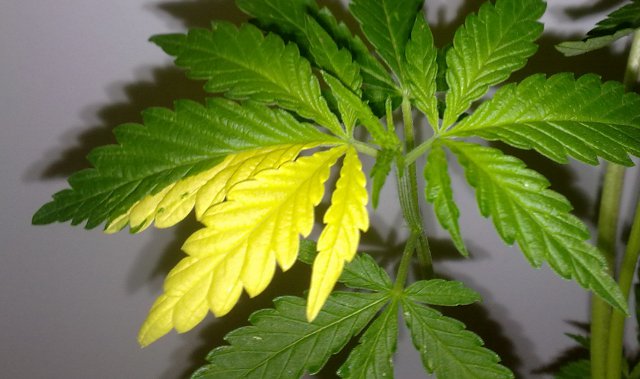
These colour mutations do not offer any advantage to the grower, and indeed they can be an inconvenience in very albino plants or those with a great deal of discolouration, since, having much less chlorophyll, they will be limited in their ability to photosynthesise, which can slow down their growth and productivity, or even prevent them from developing and maturing correctly.
Polyembryonic seeds or "twins"
This is one of the most common and also the most pleasant surprises for a grower to experience, because from a single seed we can get two seedlings (or sometimes even three), yes, that’s right - two plants from one seed. What more could you ask for?
This trait isn't really a mutation, as there is no genetic alteration of any kind, but one of the seedlings is the result of the genetic mixture of the father's pollen and the mother's ovule, and the other develops directly from another maternal ovule, being a clone of the mother herself. In other words, the results obtained from the second plant will be the same as if we were growing a cutting or clone of the mother plant.
If we take good care of them and separate them carefully, we will obtain two healthy and strong plants, thereby doubling our harvest.
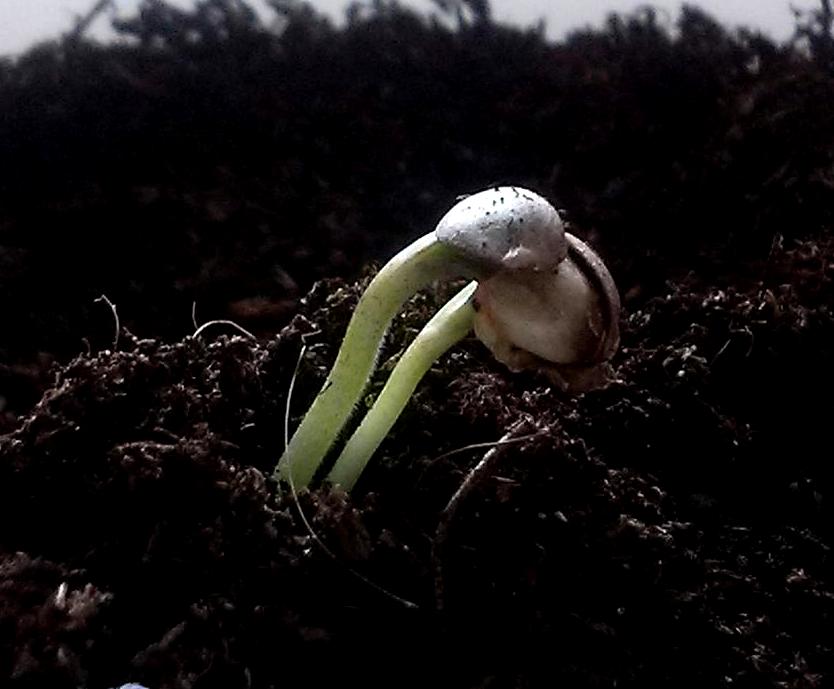
As we can see, cannabis is a plant with a thousand faces, and all of them are surprising. If we cultivate it with care, it can give us unlimited joy while always showing us new, incredible things, so don’t think about it any longer... get growing now!








